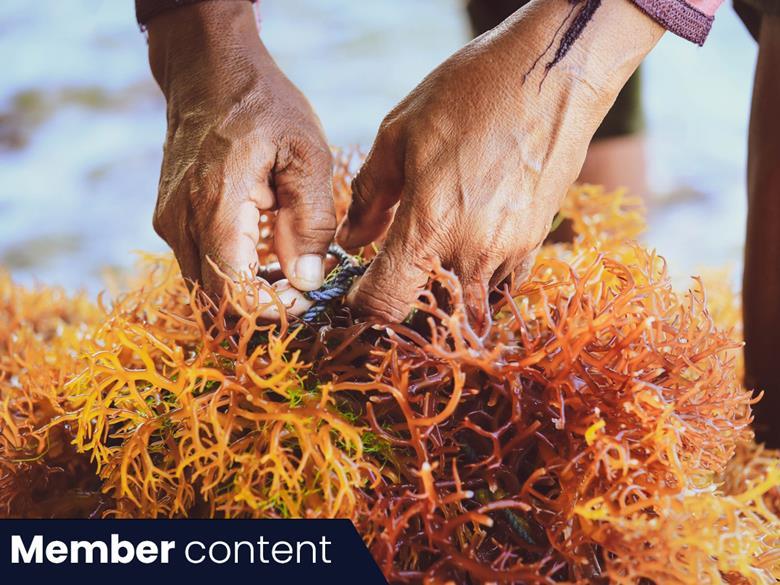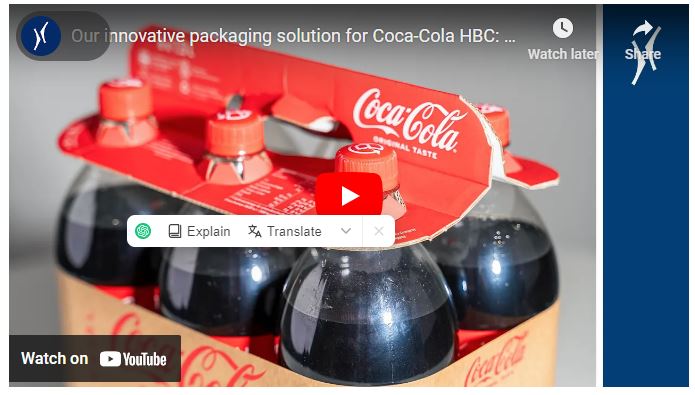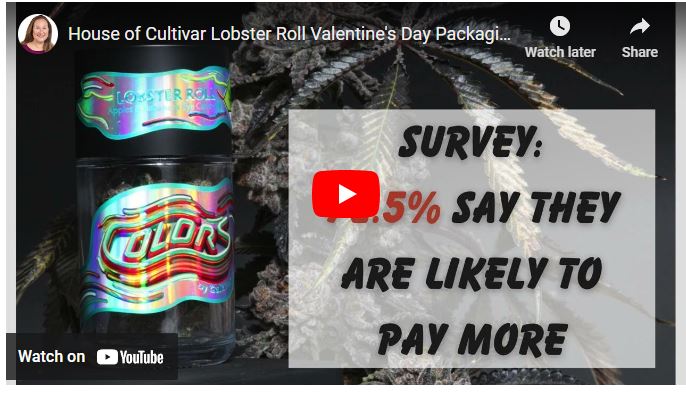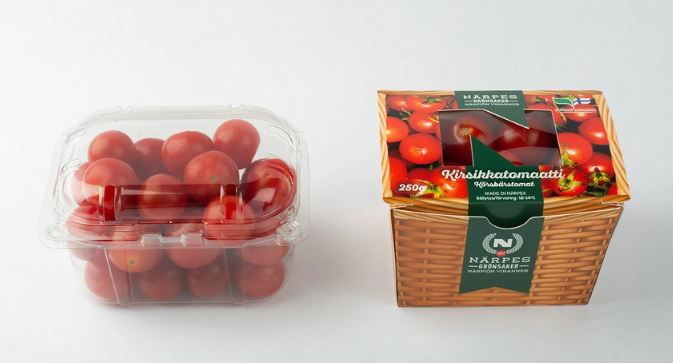Category: News & Updates
Sensodyne launches Clinical White toothpaste working with Marks
Sensodyne has launched a new premium range extension with new product Clinical White, working with global agency Marks. The ambition of the new release was to increase relevance across a wider segment of people suffering from teeth sensitivity. Marks said every detail of the design had to be meaningful and distinctive, while conveying Clinical White’s…
Ardagh Glass creates Absolut Mosaik limited edition vodka bottle
Ardagh Glass Packaging-Europe has worked on the limited edition Absolut Mosaik vodka bottle. It worked in collaboration with British artist Olly Alexander: a singer, songwriter, actor and social activist. The 70cl and 1 litre glass bottles feature an attractive ribbed design within the glass, with a concave label area containing a bold mosaic design and…
The Brief: Getting to grips with seaweed in packaging
In the latest edition of the Brief, we cover everything we know about seaweed-based packaging so far – how it works, where its sustainability claims come from, what designs are currently on the market, and the developments to look out for in the future. This article is part of Packaging Europe’s membership tier – a…
Coca-Cola’s Plastic-Free Beverage Multipack
The Coca-Cola LitePac Top Strap saves 200 tons of plastic annually while reducing energy consumption and production. The beverage industry is on a mission to save resources and reduce plastics. This new sustainable packaging solution is made possible through the collaboration of Krones AG and Coca-Cola HBC. The LitePac Top Strap is made from a sturdy, tear-resistant,…
Coca-Cola to Shutter Plant with Hundreds of Layoffs
Operations will be moved to a third-party co-packer. The Coca-Cola Co. plant in Dunedin, FL, will close in May, laying off nearly 200 employees, according to a Worker Adjustment and Retraining Notification Act (WARN) letter sent to the Florida Dept. of Commerce on Feb. 6, 2024. The letter states that layoffs will start April 5, 2024…
Hinged Fiber Containers Transform Takeout Convenience
New recyclable and compostable molded pulp packaging from Sabert Corp. elevates the overall takeout and delivery experience for consumers while reducing the environmental impact. Packaging sustainability hinges largely on the material used. What if highly sustainable foodservice containers were made more convenient by making them hinged? That’s the reasoning behind a new line of molded…
Survey Says: Cannabis Users Will Pay More for Gifty Packaging
New Valentine’s Day packaging for cannabis flower tests the research-backed idea that many consumers will pay more for high-end cannabis packaging. At a Glance House of Cultivar’s limited-edition package contains 1/8 oz of a new cannabis strain called Lobster Roll Labels are printed with UV ink to create tactile effects on a holographic substrate The…
Budweiser Wisely Pivots Away from Beer Cans
The bruised brand’s Super Bowl LVIII commercials bring in barrels and bottles, the Clydesdales, and a Labrador to sway core consumers. At a Glance The beer can was conspicuous in its absence in the Anheuser-Busch InBev ads during the Big Game Old School ad taps the positive emotion of the Clydesdale horses … and on-premise…
Coffee’s Still Hot in America, Especially When It’s Cold
Unpacking coffee trends reveals today’s types growing in popularity, preferred packaging materials, and trendy designs. I’m surrounded by coffee snobs at work — me included. We silently judge those who come to our office and DON’T have a specific preference in their choice of coffee. There are no pods in our office, to be sure.…
Food Packaging Faceoff: Paperboard Versus rPET Plastic
Metsa Board and a Finnish vegetable cooperative commissioned a study to compare cherry tomato packages made of paperboard to one made of recycled PET plastic. At a Glance Sustainable paperboard is revolutionizing food packaging freshness and safety Consumers prefer paperboard as a responsible, eco-friendly choice Paperboard packaging lowers the environmental impact versus plastic The journey…










